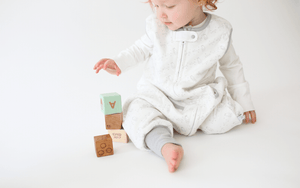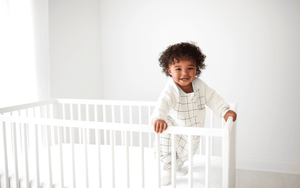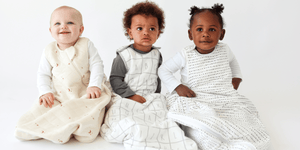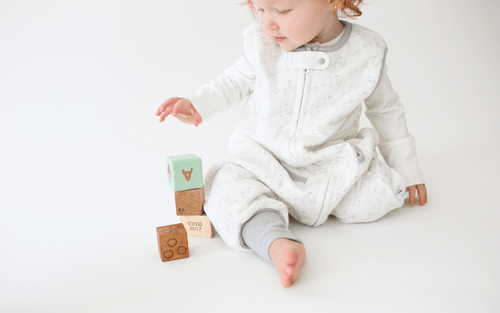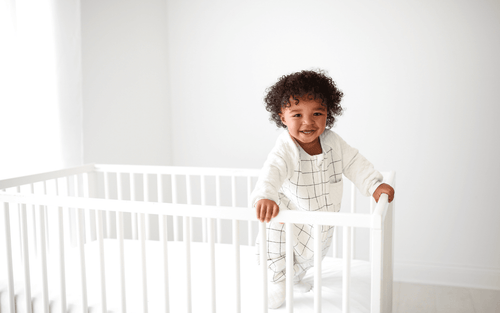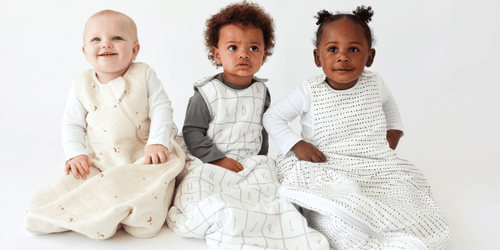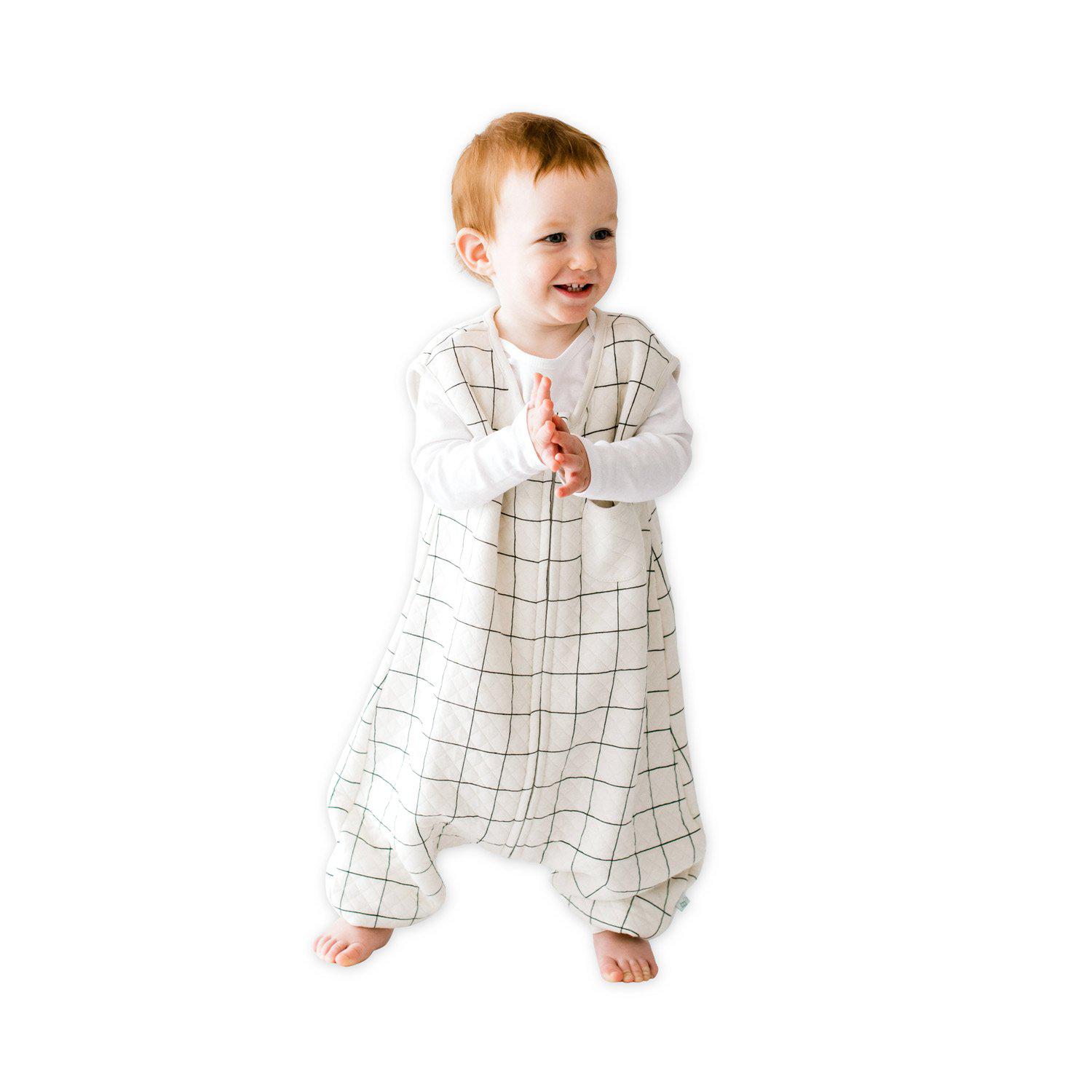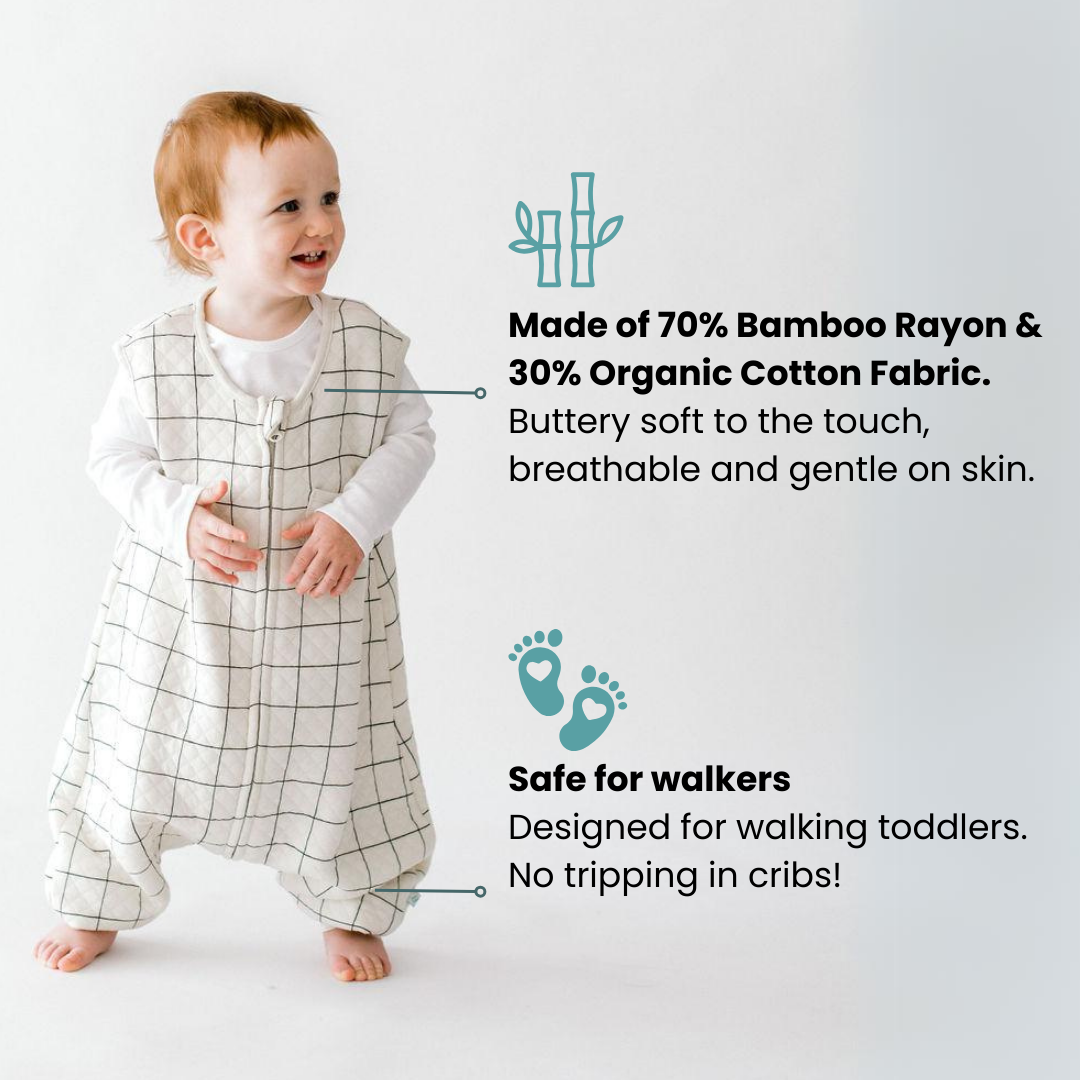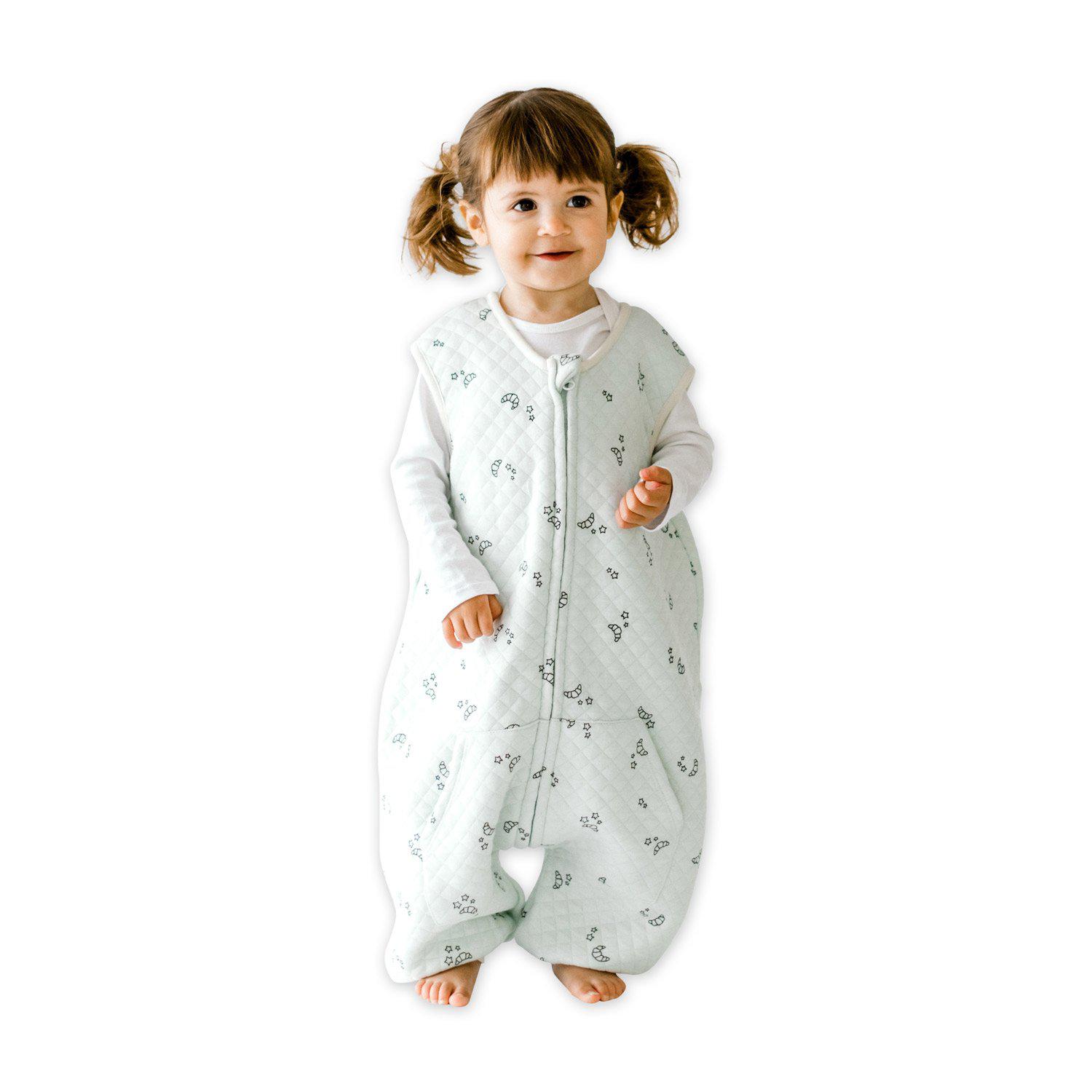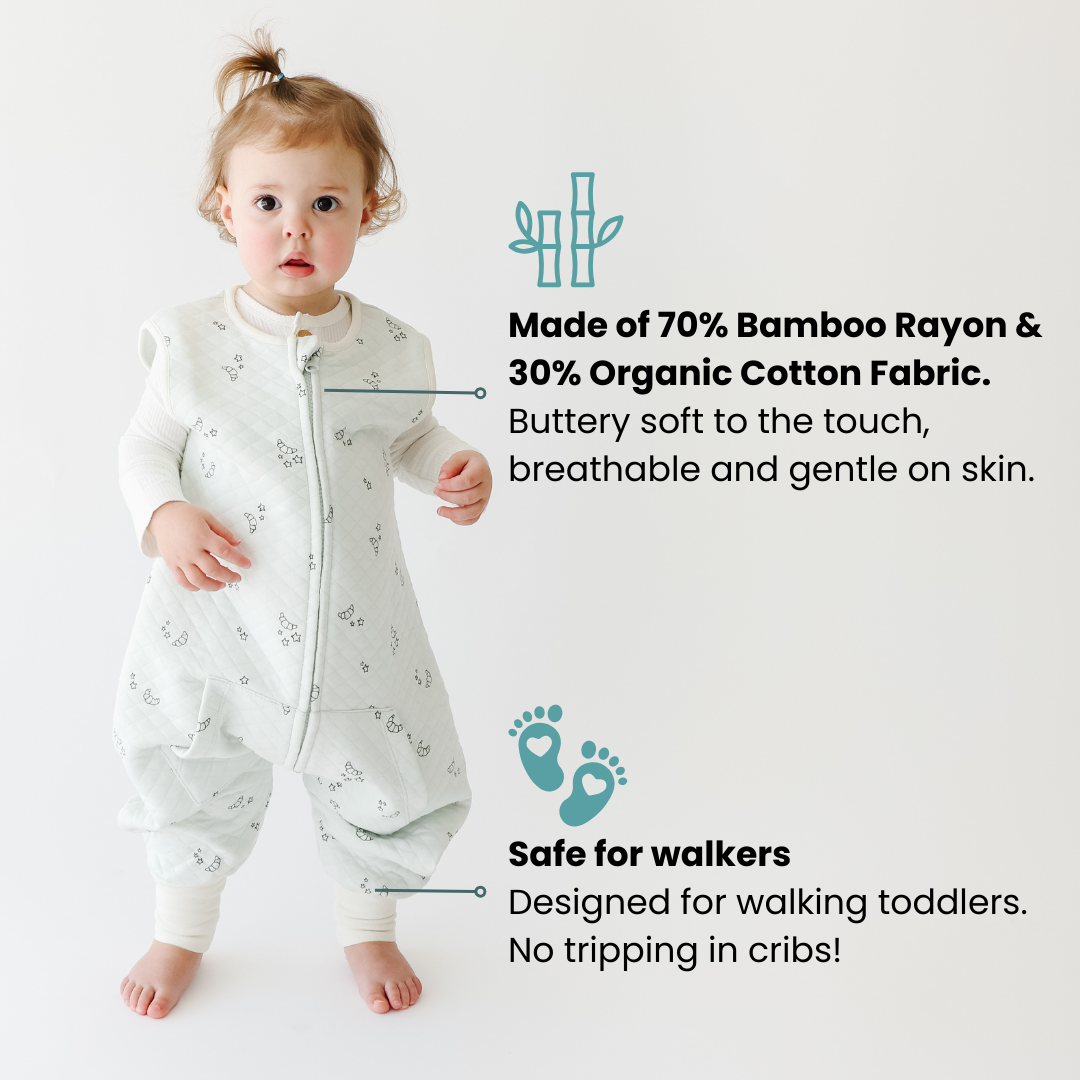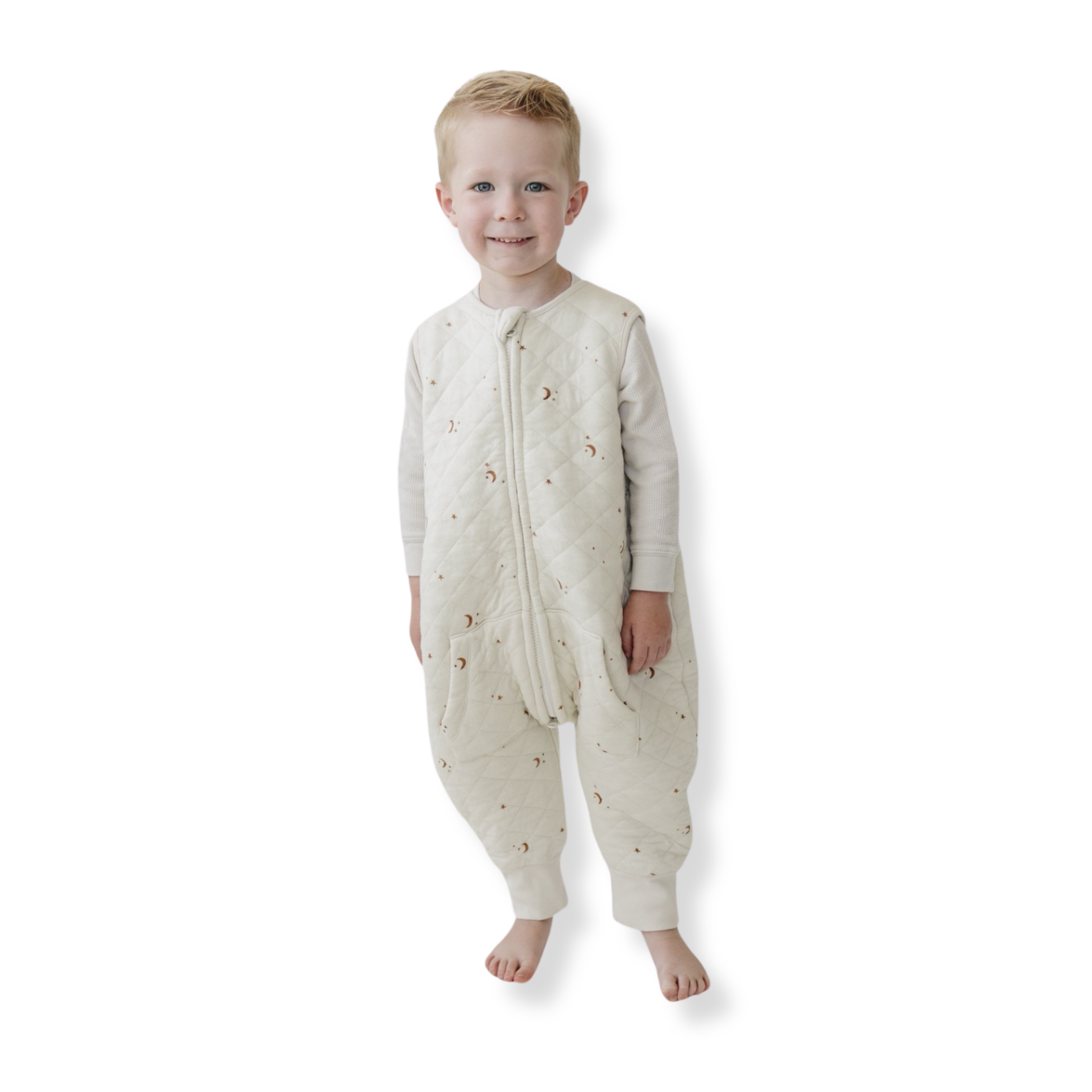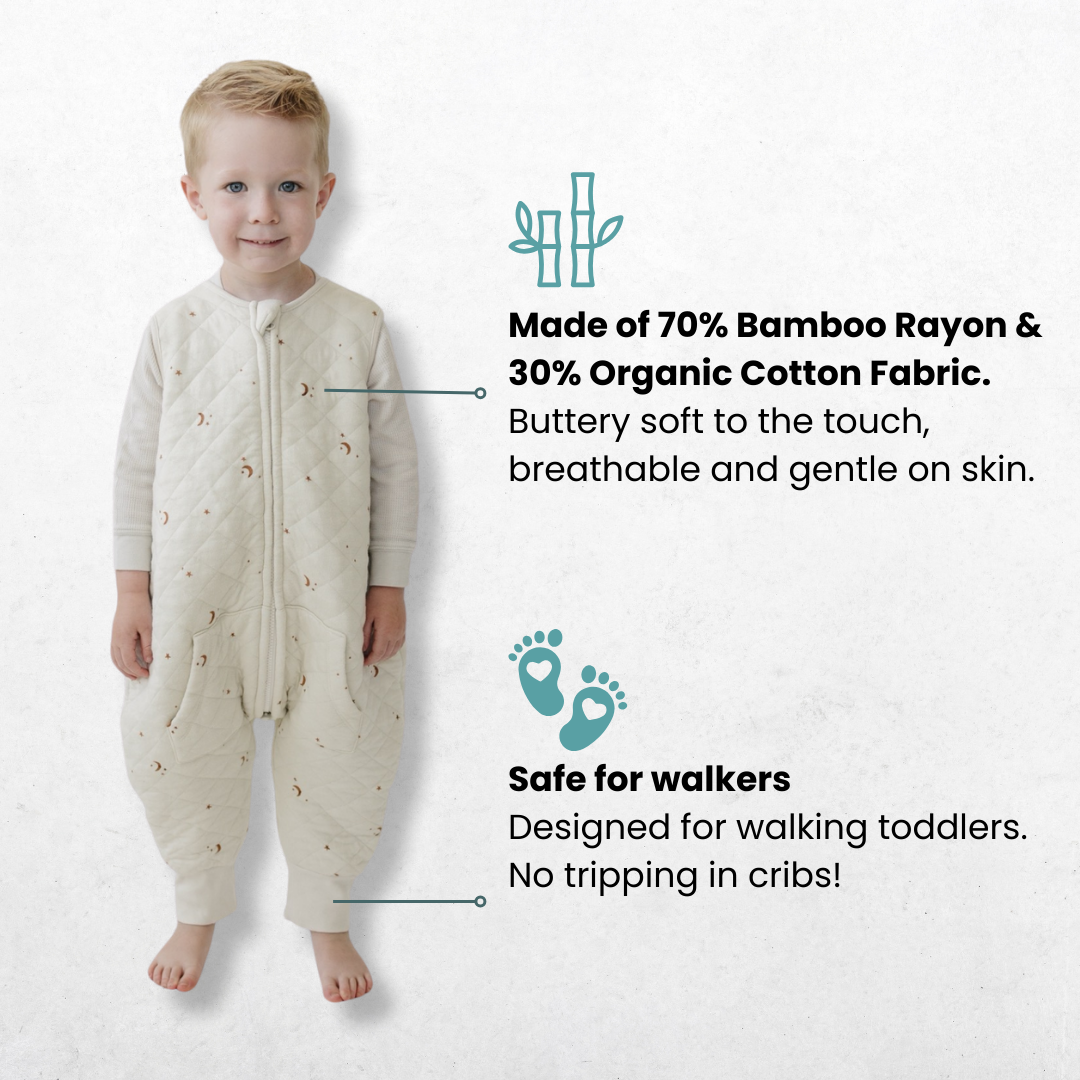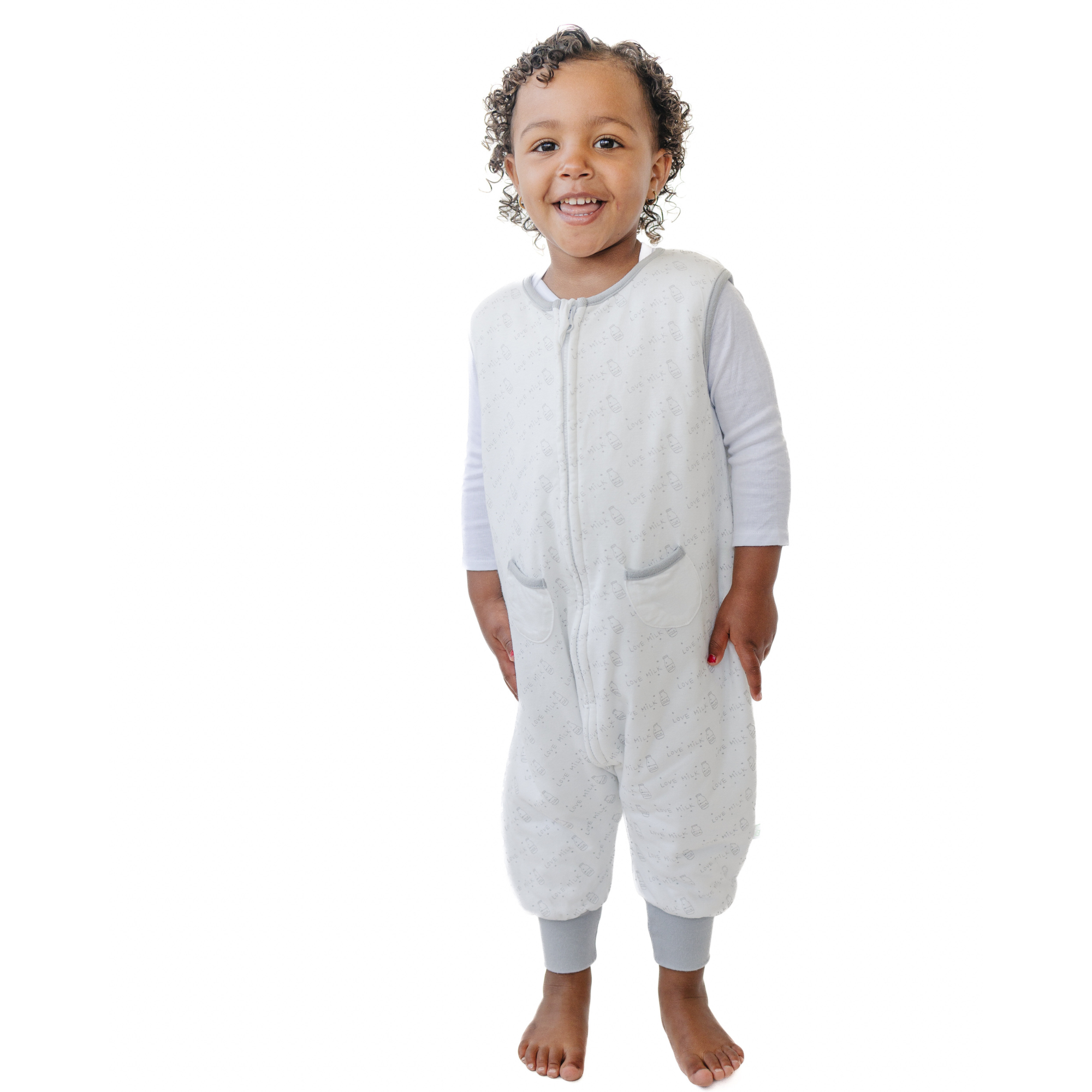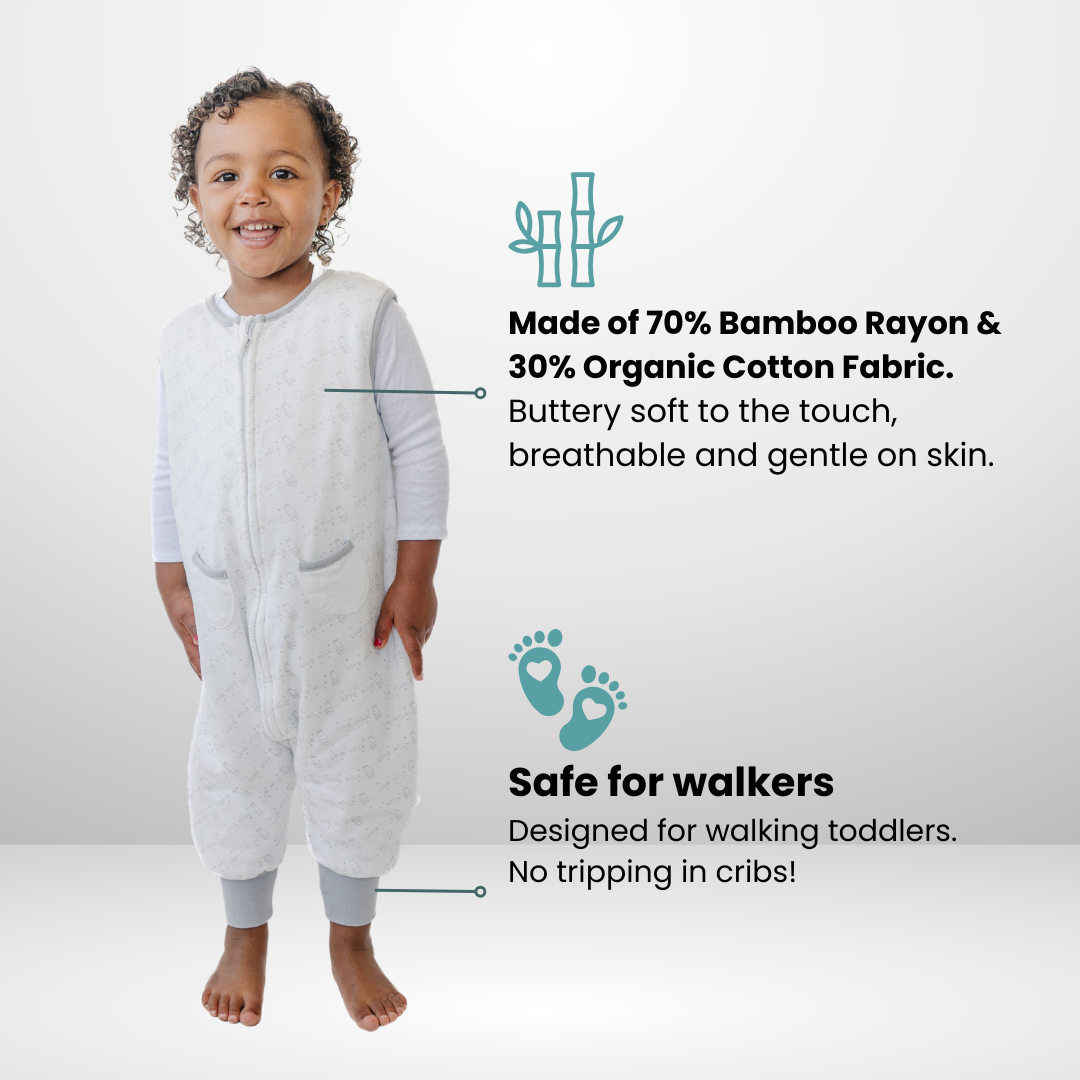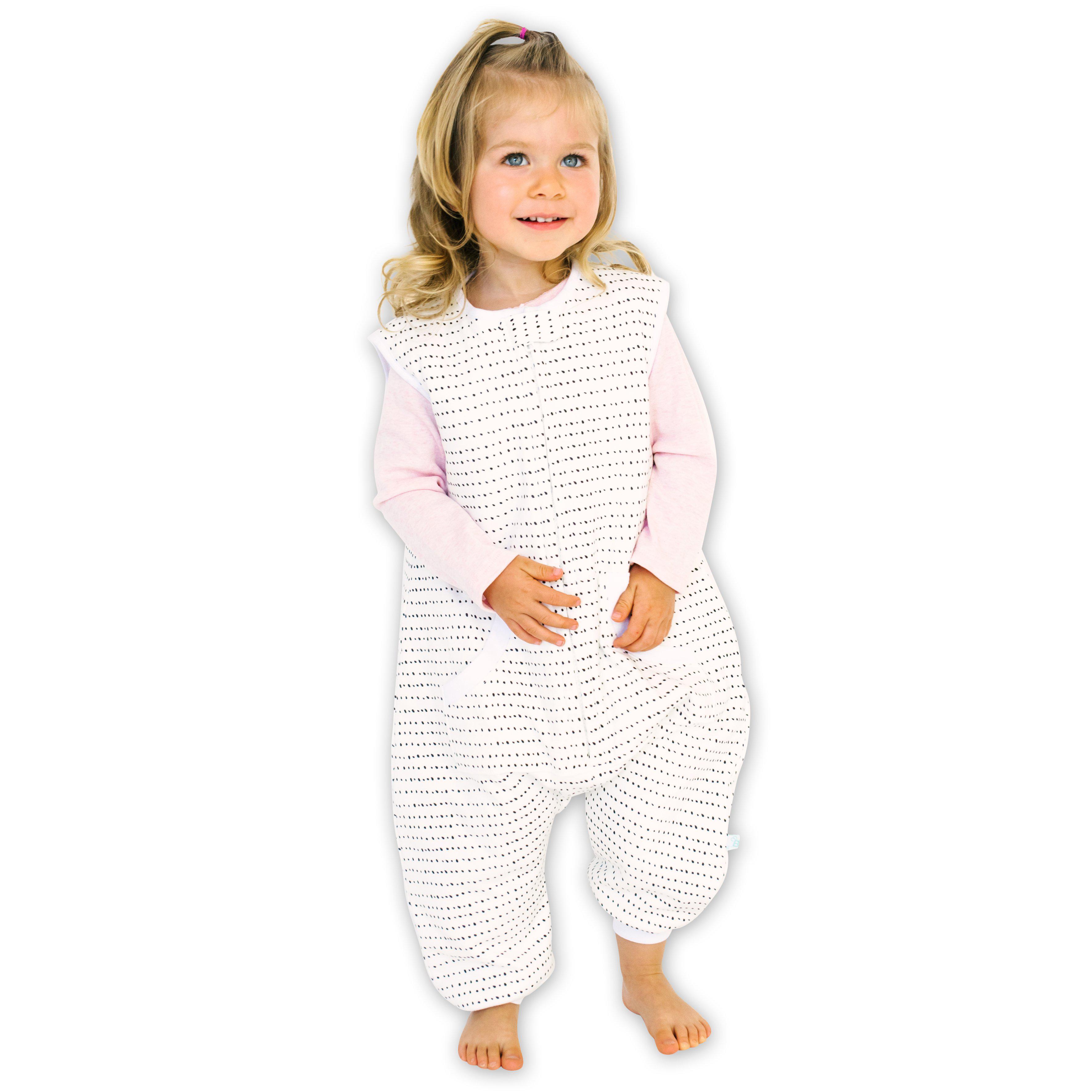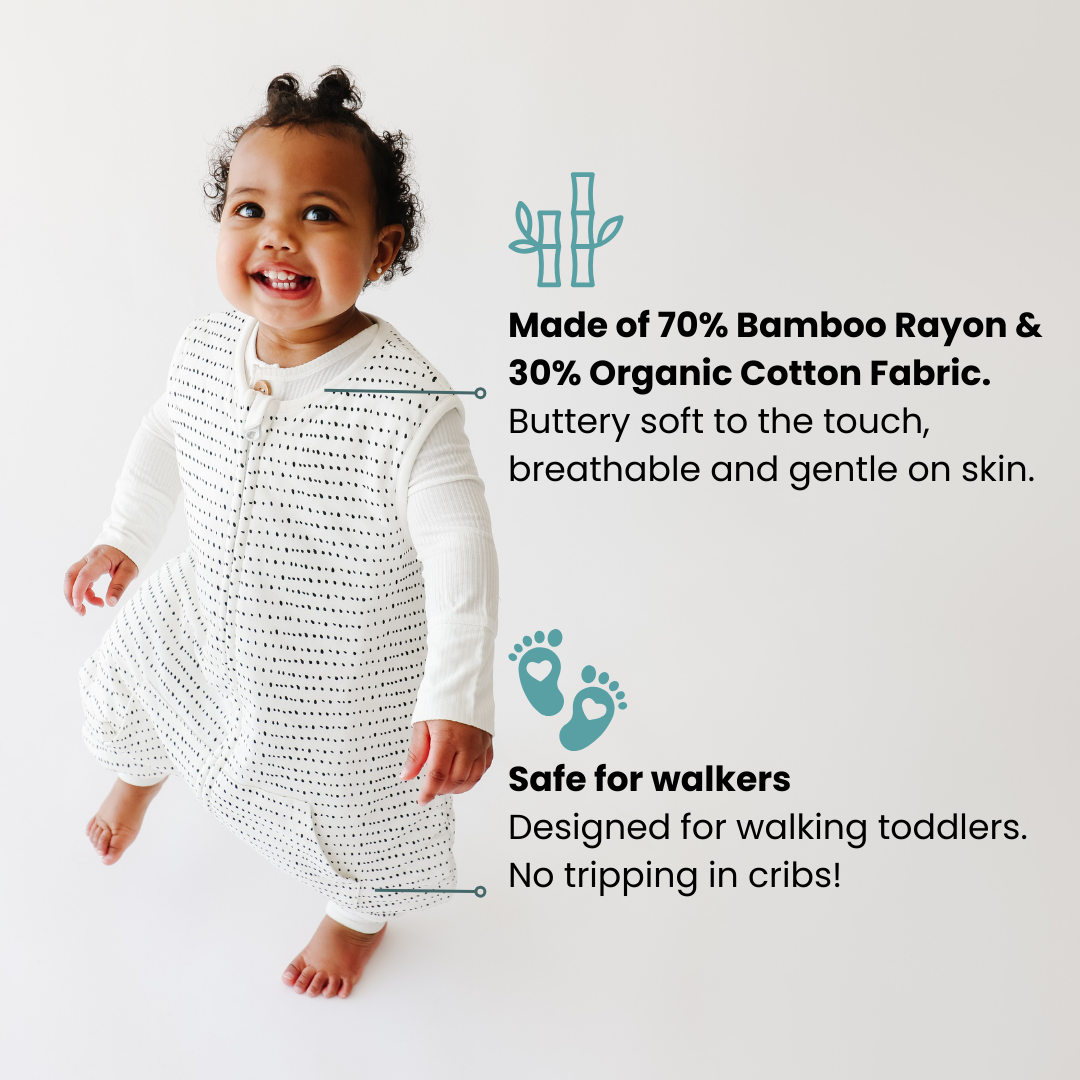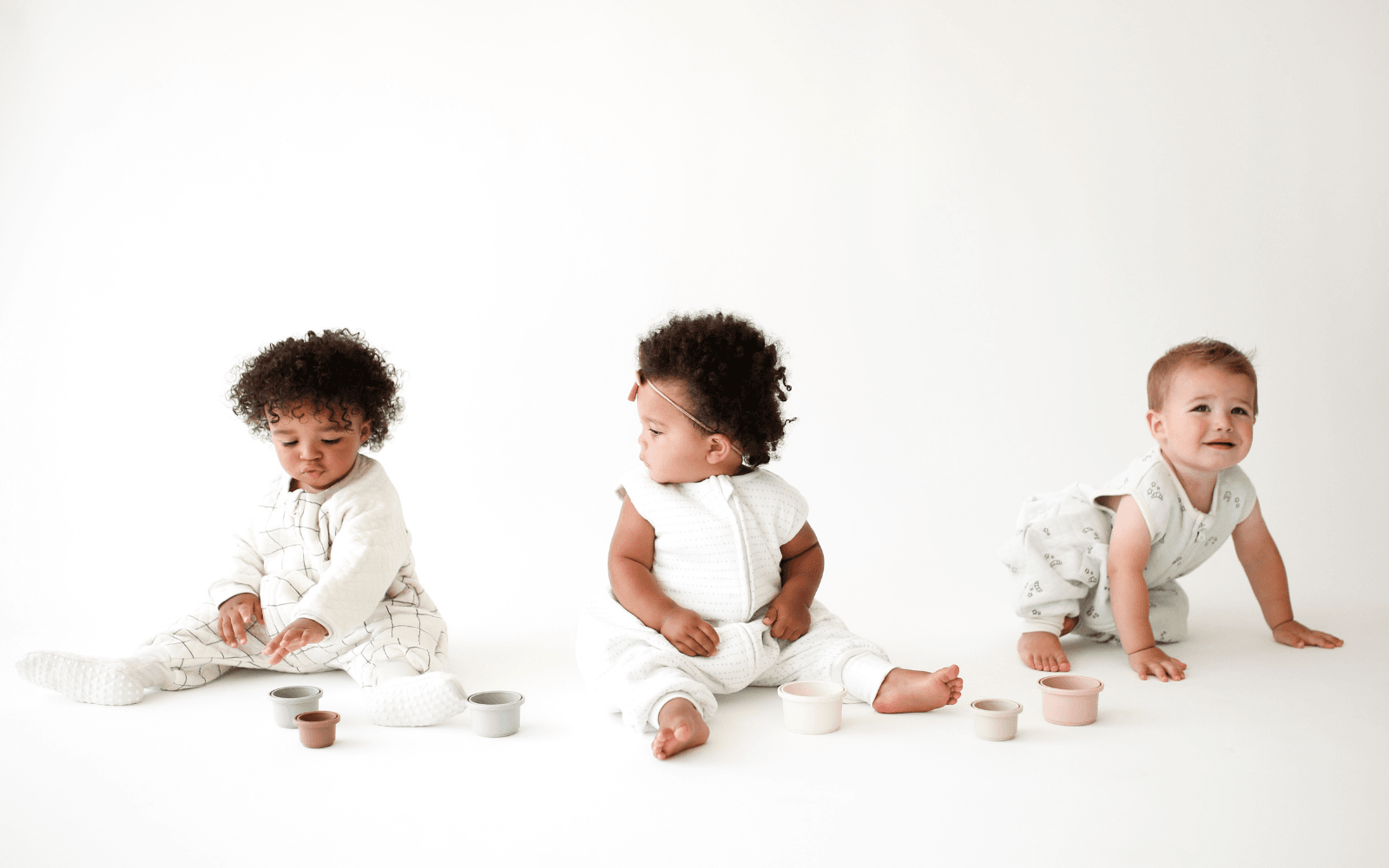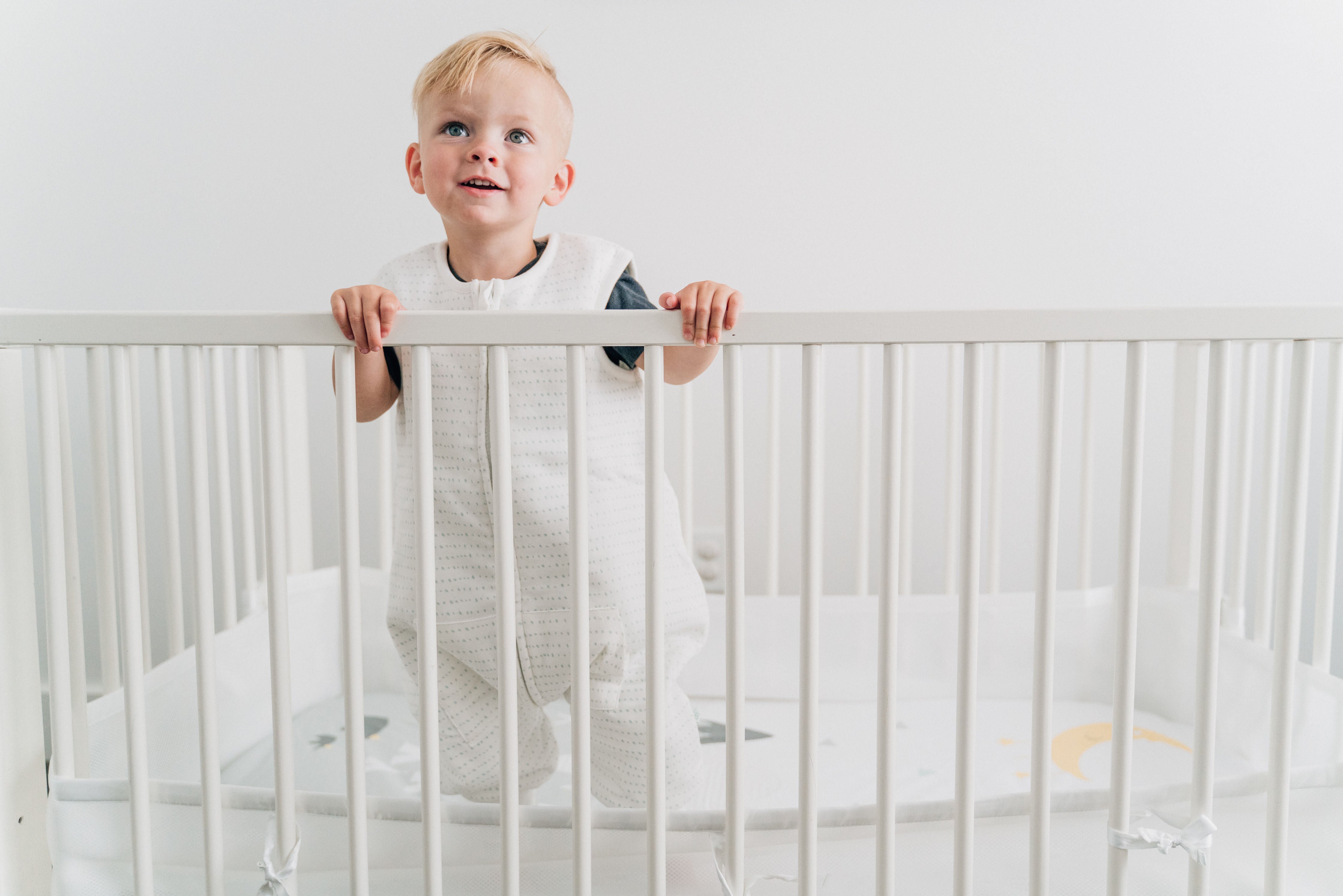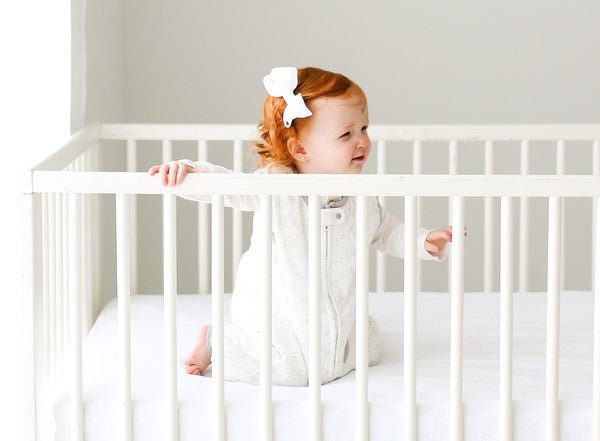Help! My Baby Doesn't Like Swaddling Anymore

Help! My Baby Doesn’t Like Swaddling Anymore! So, is this time that you stop swaddling your baby? One of the first skills all new parents quickly master is the art of swaddling. We realize the importance of this task as soon as we see how much it comforts and calms our new baby, and how much of a difference it makes on their sleeping habits. We then rely on the swaddle until that sad, sad day when your baby wakes to fight the swaddle, instead of being comforted.
When To Stop Swaddling
Why We Swaddle a Baby

Swaddling restrains a baby's arms and legs to keep them from flailing about from their startle reflex, often uncontrollable until he or she is at least a few weeks to months old. The restrictive nature of swaddling reminds babies of the environment from when they were in the womb. It provides feelings of comfort, security, and peacefulness that allow the baby to settle. Swaddled babies are frequently better sleepers than their non-swaddled counterparts.
Signs To Stop Swaddling
So, when should you stop swaddling your baby? Here are signs that tell you that you should stop swaddling your baby:
- When baby begins to protest being swaddled. This can often begin to feel like your baby is fighting the swaddle more than feeling comforted.
- When baby starts to kick out of the swaddling, thereby creating a potentially unsafe scenario where baby is in the crib with a loose blanket;
- When being swaddled starts to become preventative to baby exploring his or her world such as when the baby starts to roll over.
Relevant Read:
- Put Your Baby To Sleep In Three Steps
- Why You Need to Transition to a Toddler Sleepsack
- Baby Sleep Tips 4 - 9 Months
The American Academy of Pediatrics (AAP) recommends the following on swaddle transition:
“The age for weaning off the wrapping varies from baby to baby. Many people think they should stop swaddling after a few weeks when their baby starts resisting it. But, actually, this is when swaddling becomes the most valuable.
To decide if your infant no longer needs to be wrapped, try this: After she reaches 2 to 3 months of age, swaddle her with one arm out. If she gets fussier, continue wrapping (with both arms in) for a few more weeks. However, if she still sleeps well with one arm out, she probably doesn’t need swaddling anymore.
Most babies are ready to be weaned off wrapping by 3 to 4 months of age, although some continue to need the wrapping to help them sleep up to 9 months of age” (American Academy of Pediatrics).
Should You Stop Swaddling When Baby Starts Rolling Over?

Let’s first get to when babies start rolling over. Babies start rolling over between 3-4 months and they would master their skills by 6-7 months. While this is an exciting time and signs that your baby is growing up, this also poses the question whether it’s safe for you to keep swaddling your baby during this period.
The straight answer to whether you should stop swaddling when the baby starts to roll over is yes, you should absolutely stop swaddling. American Academy of Pediatrics also recommends that you stop swaddling your baby when they start rolling over.
But, what about SIDS? Wouldn’t your baby have a risk of SIDS if they start to roll over and can’t roll back on their back? According to Healthy Children, as long as you keep the sleep environment safe (ie. no loose blankets, no bumpers, no soft objects like pillows, teddy bears etc.) and put the baby to sleep on their back, it’s safe for babies.
How to Transition out of Swaddling?

There are few ways to transition your baby out of swaddling.
- Transition One Arm out of Swaddle: This is one of the recommended ways by AAP to transition your baby out of the swaddle. They start by getting one arm out for a couple of nights (2-3). Then add the other arm out of the swaddle for a few nights. Finally, after a few nights, take the swaddling away completely and see how baby is sleeping. If baby is ready you could stop swaddling all together. Or you can look into alternatives.
- Cold Turkey! Yes, you could just stop using the swaddling altogether and see how your baby responds. Not all babies like to be swaddled and this method could improve sleep for babies who do prefer to sleep without a swaddle.
- Transition with swaddling alternatives: Although, if your baby is moving out of their swaddle or rolling over - but is still getting the same great sleep in the swaddle than without it - a sleepsack is a great transition! They provide the same cuddles with a much safer night! Even more so, sleepsacks can keep your baby warm throughout the night without risking a blanket and SIDS.
After the baby moves beyond the swaddling stage, both parents and baby can benefit from a swaddling alternative to assist with continued sleep habits. But how can you get baby to sleep without swaddling? A sleepsack is a great solution and the next step after swaddling and beyond.
Sleepsacks create a warm and cozy sleep environment for a baby that mimics swaddling without any of the risks or negatives encountered when he or she has outgrown the swaddle phase.
